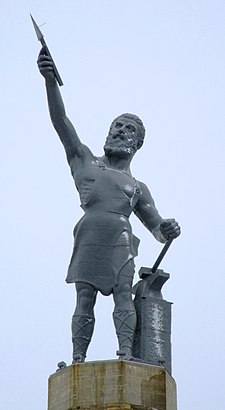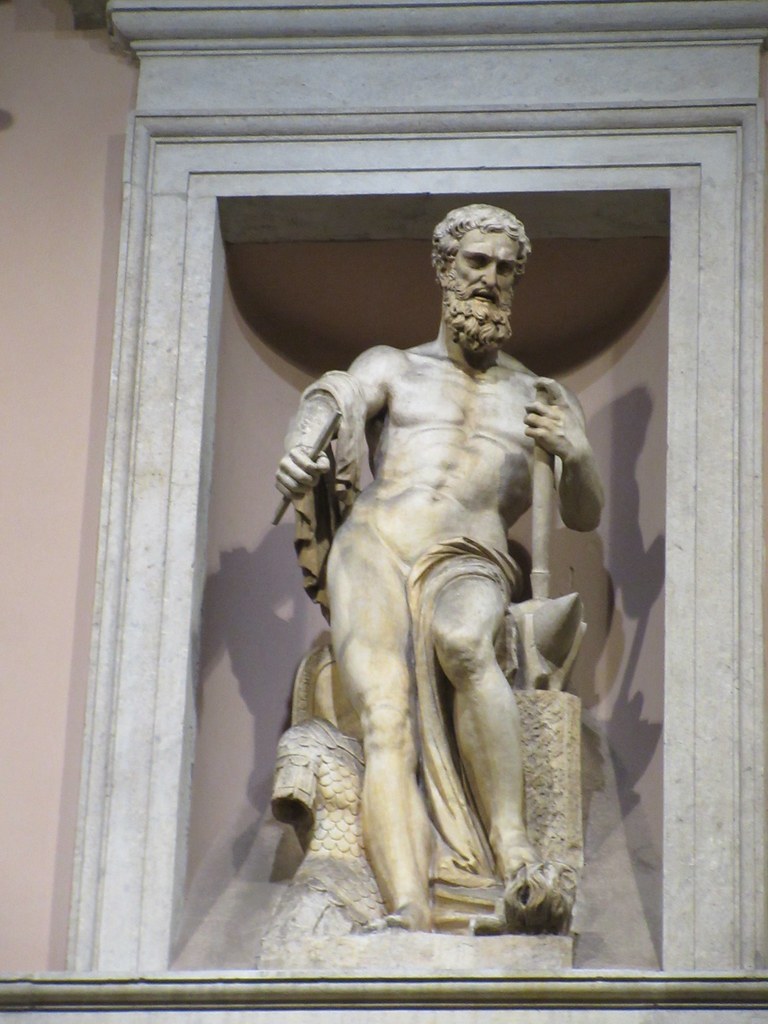A timeline showing some major events
The Virtual Aesthete: A Room, a Life, and a Legacy Dashboard
Description
The Virtual Aesthete will be a discussion and hands-on workshop in using digital pedagogy to model the literature and art of the past. Focusing on Harold Acton’s bedroom, we shall look at ways to transform Acton’s already virtual life as a twentieth-century aesthete into digitally available forms for teaching and research. Harold Acton crafted a life for himself in La Pietra as curator of his father’s collections, arranging rooms into virtual collages that mixed historical periods, artistic styles, and furniture into a living Wunder Kammer. We will explore how to do the same using contemporary digital media. The workshop will provide examples of some proven pedagogical approaches, such as having students compose Twitter fictions or remediate the setting and characters in a gaming environment, and then ask participants to share their own classroom strategies. We will conclude by constructing our own historical timeline of objects from Acton’s bedroom using the new timeline tool at The COVE. Please bring a digital camera or phone so that you can upload images for the collaborative timeline.
Seminar leader: Jay Clayton
Assistant: Wietske Smeele
Galleries, Timelines, and Maps
This map shows where various famous statues of the Roman god Vulcan are situated throughout the world.
This map locates the probable points of origin for some of the interesting objects Harold Acton chose to display in his bedroom.
This timeline features a selection of items exhibited in Harold Acton's bedroom, perhaps the most crowded aesthetic display at La Pietra. Constructed by participants in The Virtual Aesthete seminar at NAVSA (2017) held at La Pietra, the timeline and accompanying map will serve as demonstrations of ways to integrate digital technology into classroom pedagogy.
Individual Entries

The largest cast iron statue in the world and is the city symbol of Birmingham, Alabama, reflecting its roots in the iron and steel industry. The 56-foot (17 m) tall statue depicts the Roman god Vulcan, god of the fire and forge. It was created as Birmingham's entry for the Louisiana Purchase Exposition (1904 World's Fair) in St. Louis, Missouri. The statue is the world's largest iron-ore statue, and among the nation's tallest.
The largest cast iron statue in the world and is the city symbol of Birmingham, Alabama, reflecting its roots in the iron and steel industry. The 56-foot (17 m) tall statue depicts the Roman god Vulcan, god of the fire and forge. It was created as Birmingham's entry for the Louisiana Purchase Exposition (1904 World's Fair) in St. Louis, Missouri. The statue is the world's largest iron-ore statue, and among the nation's tallest.
Uncertain origin, but it is thought that the likely place of creation is Naples.


